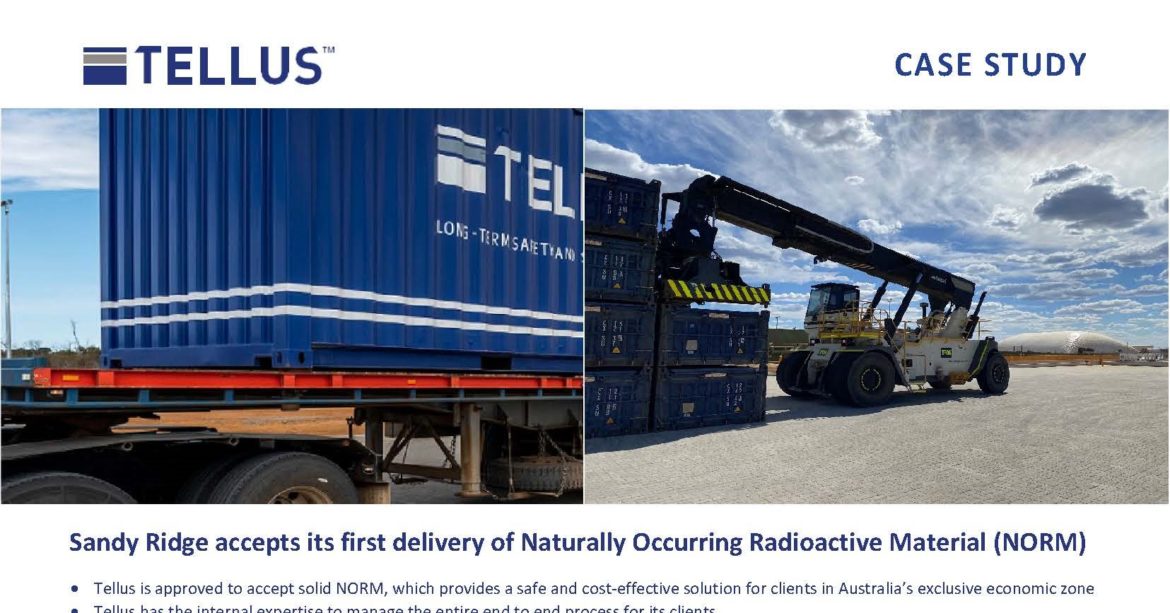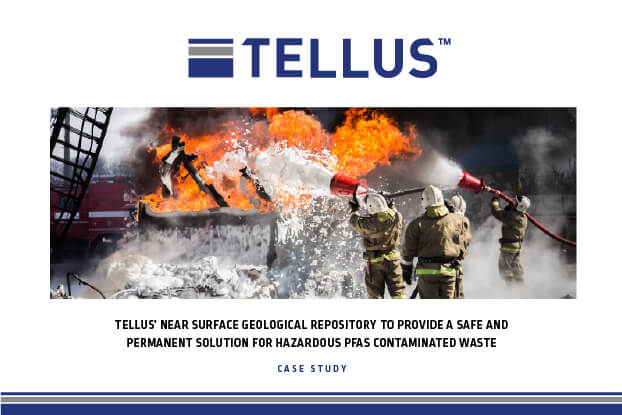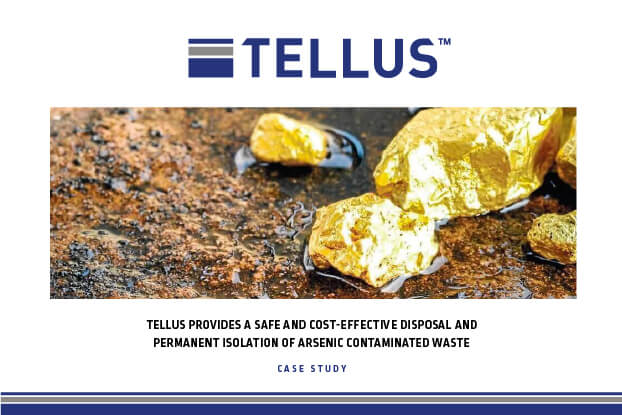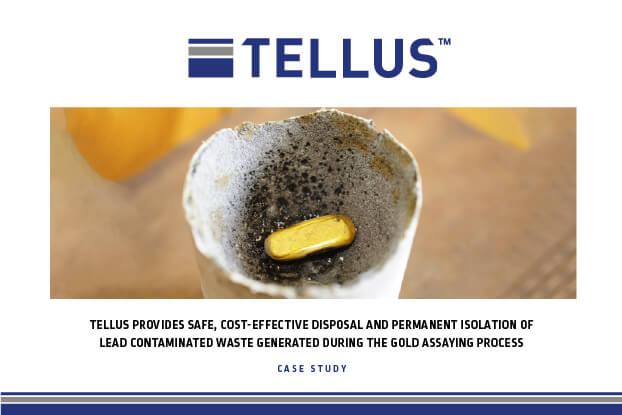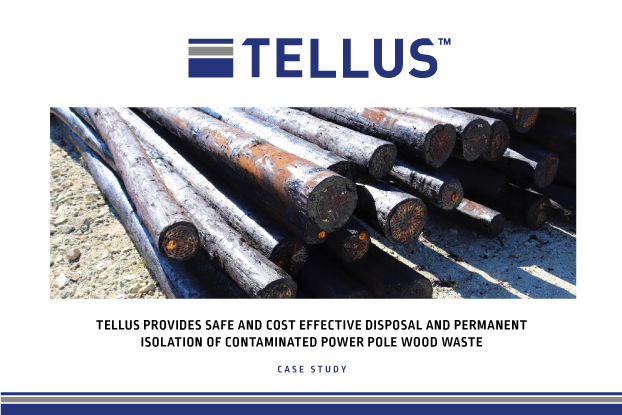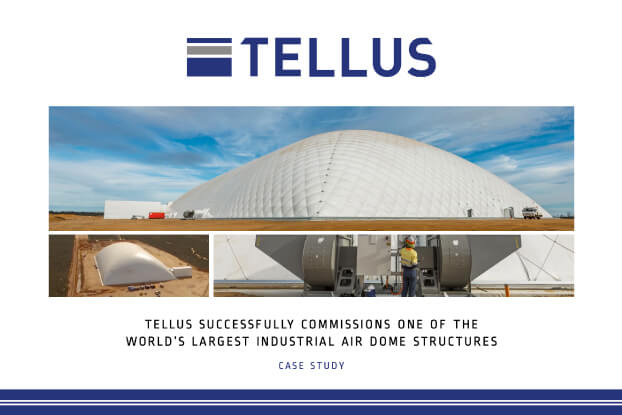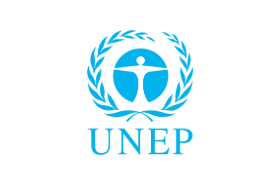Comparison of Australian approaches to PFAS management
Read more
Tellus’ near surface geological repository to provide a safe and permanent solution for hazardous PFAS contaminated waste
Read more
Tellus provides a safe and cost-effective solution for arsenic contaminated waste
Read more
Tellus provides safe, cost-effective disposal and permanent isolation of lead contaminated waste generated during the gold assaying process
Read more
Tellus provides safe and cost effective disposal and permanent isolation of contaminated power pole wood waste
Tellus Successfully Commissions One Of The World’s Largest Industrial Air Dome Structures Case Study
ENGINEERING EXCELLENCE
Construction is now well underway at Tellus Holdings Ltd’s (Tellus) Sandy Ridge project in Western Australia. Tellus is developing a permanent isolation system for hazardous waste which will be Australia’s first commercial scale geological repository. The system incorporates one of the world’s largest industrial air dome structures.
UNEP Case Study
UNEP endorses thick salt and clay formations for the permanent storage of difficult to manage wastes*
Difficult to manage chemical wastes like mercury (sic) can be permanently stored in geological cavities (e.g. in an underground mine). The intent is to permanently isolate wastes from the biosphere by including it as completely and permanently as possible in a suitable host rock via several natural and artificial barriers. A detailed case-by-case evaluation of the suitability of any such facility is critical to its effectiveness.
Potential host rocks include the following:
i) Salt rock:
Considered impermeable to liquids and gases and a very effective barrier for long-term storage of hazardous waste. A minimum thickness of the salt layer, however is needed to ensure safe encapsulation. Few countries have suitable formations.
ii) Clay formations:
Also considered as very good barrier. The sealing and permanent isolation from the biosphere may be achieved through a multi-barrier system. Thus, the isolating potential is safeguarded by geological (e.g. host rock formation of practically impermeable formations, overlaying clay layer) and engineered (e.g. chemical properties of the waste, packaging) elements. In order to ensure environmentally sound permanent storage, mercury wastes are stored:
*Practical Sourcebook on Mercury Waste Storage and Disposal, 2015, UNEP, pg 58 and 59.


